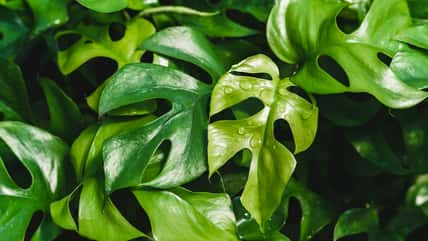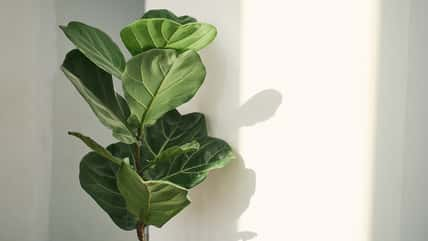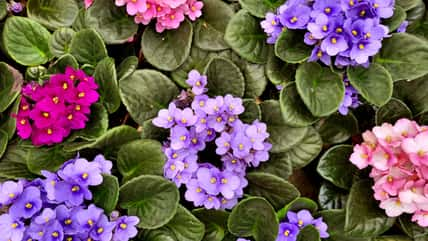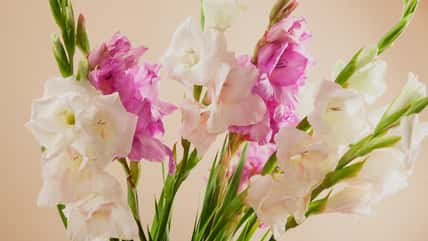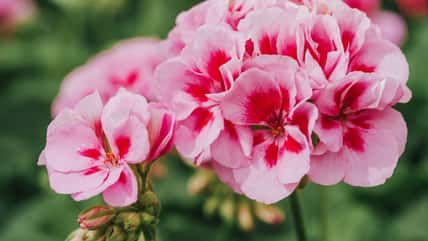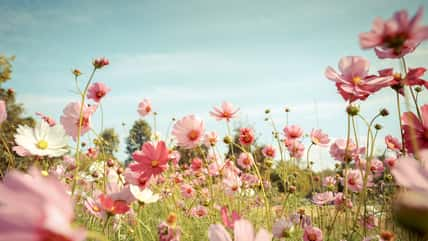Wildflower Meadows Aren’t Just Gorgeous, But They Also Support Important Pollinators: Here’s How To Curate One In Your Own Backyard

When you create a wildflower meadow, not only are you providing your outdoor space with the lovely sight of colorful blooms, but you’ll also be supporting an incredible amount of wildlife, including important pollinators like the bees and butterflies that survive on plants rich with nectar.
Then, there are the other insects that make meadows their home, such as caterpillars, beetles, and grasshoppers, that find shelter and food among the tall vegetation. These critters go on to support other living creatures—birds, reptiles, and mammals—keeping the circle of life going strong.
Aside from giving animals a habitat to thrive in, you’ll also be mitigating the effects of climate change and improving your well-being by tending to an ecosystem. As you can see, there’s a lot of good you can do just from cultivating one small patch of land. Here’s what to know before you start turning your yard into one.
A wildflower meadow may appear to be made up of a seemingly random collection of pretty blooms, but that could not be further from the truth. All the plants in a meadow work together to lead to a functioning ecosystem, so it’s not as simple as throwing a bunch of flowers into the soil and seeing what happens.
It requires some forethought and planning, but this is where the bulk of your work lies. Once established, your wildflower meadow won’t take much effort to care for.
To choose the right plants for your yard, consider the type of pollinators and critters that frequent your area. You’ll want a good mix of flowers that provide nectar and pollen but also plants that offer a place of refuge for creatures throughout all stages of their life cycles.
In addition, the plants you pick should be native to your region. Some wildflowers include common milkweed, common yarrow, aster, black-eyed Susan, and purple coneflower.
When installing your meadow, start small so it doesn’t quickly become overwhelming. Map out a small plot of land that you can experiment with before moving on to a bigger project. It is recommended to clear your site of all vegetation as a first step. You can plant over a lawn, but the overgrown grass doesn’t look the best, and the weeds can end up dominating the meadow.
After tilling the ground, cover the area with black plastic to prevent any grass and weeds from growing back, effectively giving your meadow plants a clean slate to work with.

Photo 49662612 © Yanikap – Dreamstime.com – illustrative purposes only
You can plant seeds at any time, but during the spring or fall, you’ll get to see actual growth. Before tossing your wildflower seeds into the soil, plant an annual rye grass or oats to green up the space. They will sprout within a few days, and then you can go in with the flower seeds.
Wildflower meadows require at least half a day’s sunlight in order to thrive. In the early years, you’ll need to water your meadow regularly, and you might even have to replace some species that fail to take root. After a couple of years, it will become more independent.
So, if you want to take on a beautiful gardening project and give back to the earth, start by creating a wildflower meadow!
If true crime defines your free time, this is for you: join Chip Chick’s True Crime Tribe
The All-White Sofa Isn’t As Great As Everyone Makes It Out To Be
Sign up for Chip Chick’s newsletter and get stories like this delivered to your inbox.
More About:Gardening
